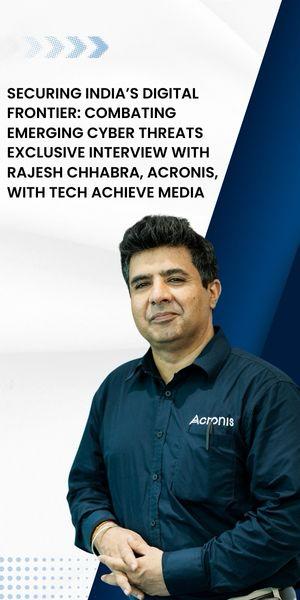The Indian Space Association (ISpA), in collaboration with ISRO and IN-SPACe, opened the fourth edition of the India International Space Conclave (IISC) 2025 in New Delhi. The event brought together senior government officials, diplomats, defence leaders and industry executives to discuss India’s fast-evolving space landscape.
Also read: Cabinet Approves Gaganyaan Follow-on Missions, ISpA Lauds Move
The inaugural session featured Chief Guest Dr. Jitendra Singh, Minister of State (Independent Charge) for Science and Technology and Minister of State for the Department of Space. He was joined by Dr. Pawan Goenka, Chairman of IN-SPACe; Takashi Ariyoshi, Minister and Deputy Chief of Mission at the Embassy of Japan; HE Antonio Bartoli, Ambassador of Italy to India; Air Chief Marshal VR Chaudhari (Retd.); and Group Captain Shubhanshu Shukla, astronaut with ISRO.
“Space reforms have been a turning point”
In his address, Dr. Singh said the past five years of space reforms had fundamentally altered India’s position in the global space economy. “Space reforms in the last five years have been a turning point. Our space economy was dispersed and was not even considered a part of the economy. Today, the Indian space economy is $8 billion and the projection is that in the next 10 years, it will go up to $44 to 45 billion,” he said.
He emphasised that India’s space applications are distinct in their focus on public welfare.
“Around 70% of our space-driven applications are for ease of living and for the common citizen, which is not the specific attention of many countries working in the space sector,” he noted.
Breaking legacy taboos in strategic sectors
Referring to long-standing policy constraints that limited public participation in the space and nuclear sectors, Dr. Singh credited the current government with opening previously closed domains “Prime Minister Narendra Modi has the capacity to break the taboos of the past. For years, these sectors functioned behind a veil of secrecy and everybody thought that was enough. There was not even a demand for change because people believed it was adequate,” he said.
Dr. Singh recalled early public reactions after Sriharikota Launch Pad was opened for public viewing: “When we opened access, thousands of students, young innovators and media professionals entered facilities earlier seen as restricted. Many were witnessing it for the first time, and we made the entire nation a part of this journey.”
Rise of private space enterprise
Speaking about the rapid growth of India’s private space ecosystem, Dr. Singh highlighted how first-generation startups have scaled quickly. “Within a couple of years, some of these first-generation startups have turned into millionaires. They don’t just have scientific aptitude, they have entrepreneurship. Many of them ask me how they will raise funds, and they tell me they are managing foreign investment through FDI policies,” he said.
He added that untapped entrepreneurial talent was now finding opportunities: “This skill was held back for years. It is now coming to the forefront with confidence and global support.”
India’s ‘extra-rocket applications’
Dr. Singh urged the audience to pay greater attention to India’s unique use of space technology for governance and citizen services. “As far as India is concerned, what we have given the world is a unique model of what I would describe as extra-rocket applications of space. We talk of Chandrayaan and other missions because they sound romantic, but nearly 70% of our applications are for ease of living,” he said.
Citing flagship examples, he pointed to:
- PM Gati Shakti, which he described as “one of the finest global models for monitoring and planning infrastructure.”
- SVAMITVA, which he said enables citizens to “become the master of their own destiny through accurate land mapping and property records.”
He noted growing international interest in these systems: “Delegations from several countries have already heard about Gati Shakti and want to understand it for their use.” Dr. Singh referenced milestones such as the discovery of water on the Moon, ISRO’s multi-satellite launches, and recent lunar missions, calling them part of a broader rise in capability. “Our achievements, from 104 satellites in one go to landing near the lunar south pole, form a long list. They show what our scientists and youth are capable of,” he said.









